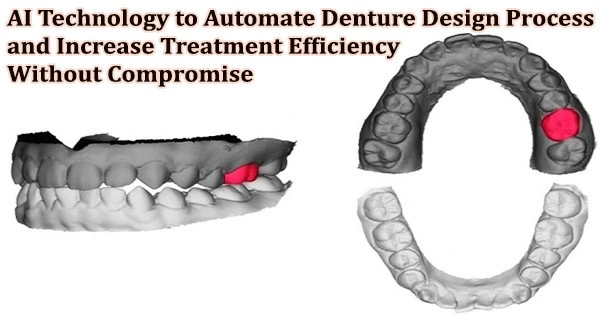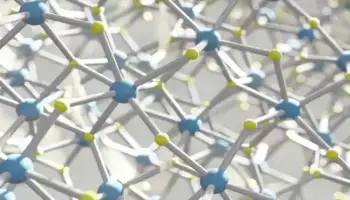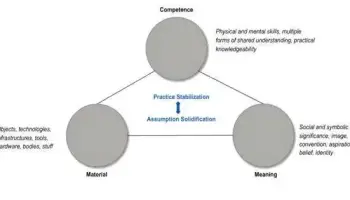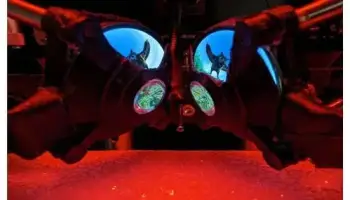Permanent tooth loss is a regular occurrence throughout the world’s population, especially among the elderly due to age and generally worse oral health. It is typically brought on by dental disorders or trauma.
In addition to affecting facial appearance and eating ability, not replacing a lost tooth may result in jawbone loss, teeth shifting, and malocclusion. These issues may have a negative effect on the health of the remaining teeth, gums, jaw joints, and muscles.
Bridges and dentures are prosthetic appliances used to replace lost teeth. Artificial teeth are another name for them. In order for the patient to maintain their original appearance, chewing ability, oral and physical health, the false teeth must closely mimic the patient’s natural teeth.
The current computerized design process for dentures includes time-consuming manual inputs, the collecting of data on the position of the teeth, and several denture fitting procedures due to the poor accuracy of promising technology.
Researchers from the Faculty of Dentistry at the University of Hong Kong (HKU) and the Department of Computer Science of Chu Hai College of Higher Education, collaborated to develop a new approach using artificial intelligence to automate the design of individualized dentures, in order to enhance the treatment efficiency and improve the patient experience.
The 3D GAN algorithm was selected due to its superior performance on 3D object reconstruction compared to other AI algorithms. In the preliminary study, 3D GAN was able to rebuild similar shapes to the original teeth for 60% of the cases. It is expected to mature with more AI training data.
Dr. Reinhard Chau
The AI technology used in the process was based on 3D Generative Adversarial Network (3D-GAN) algorithm and tested on 175 participants recruited at HKU. The study shows that AI technology could reconstruct the shape of a natural healthy tooth and automate the process of false teeth design with high accuracy.
“The 3D GAN algorithm was selected due to its superior performance on 3D object reconstruction compared to other AI algorithms. In the preliminary study, 3D GAN was able to rebuild similar shapes to the original teeth for 60% of the cases. It is expected to mature with more AI training data,” co-Investigator, Dr. Reinhard Chau explained.
The innovative method simply needs a patient’s digital dentition model to work. It can create a false tooth that mimics a lost tooth by learning the characteristics of a person’s teeth from the rest of their dentition.
“This will facilitate the treatment workflow for dentists in replacing a missing tooth, as the preparation and fitting process will require minimal time, and a patient will not need to stay at the clinic for long hours,” said Principal Investigator Dr. Walter Lam.
The study entitled “Artificial intelligence-designed single molar dental prostheses: A protocol of prospective experimental study” is published in the journal PLoS ONE. The preliminary results of the study were presented in the recent International Association of Dental Research (IADR) General Session.
The study won the IADR Neal Garrett Clinical Research Prize and First runner-up in the 2022 IADR-SEA Hatton Award Senior Category.





